- Cruise Passenger is marking 25 years of publishing this month.
- The next edition of our print publication Cruise&Travel will include commentary, special reports and the 100 best cruises by a panel of our expert writers.
- But Australian cruising is at a crossroads. Editor in chief Peter Lynch explains the problems and solutions.
The past quarter of a century have marked an era of profound transformation for cruising in the Australasian region. We’ve gone from niche to the world’s fourth largest market.
But the last three years have seen a more challenging change.
Cruise Passenger first reported a year ago that, despite record demand, capacity was falling by as much as 30 per cent.
So, it was no surprise that Figures from the Australian cruise industry bodies Cruise Lines International Association (CLIA) Australasia and the Australian Cruise Association (ACA) reveal that Australia lost $1.11 billion in total economic impact from cruising in 2024/25 season when compared to the 2023/24 season.
The Australia Cruise Association plans to deliver report outlining a national framework that involves tourism boards, tour operators as well as other stakeholders like cruise lines.
And they have warned it will take at least two years to fix the problem. Ship deployments are long term, so changing tactics takes time.
But there is someone missing in action in all of this. Don Farrell, our Federal Tourism Minister.
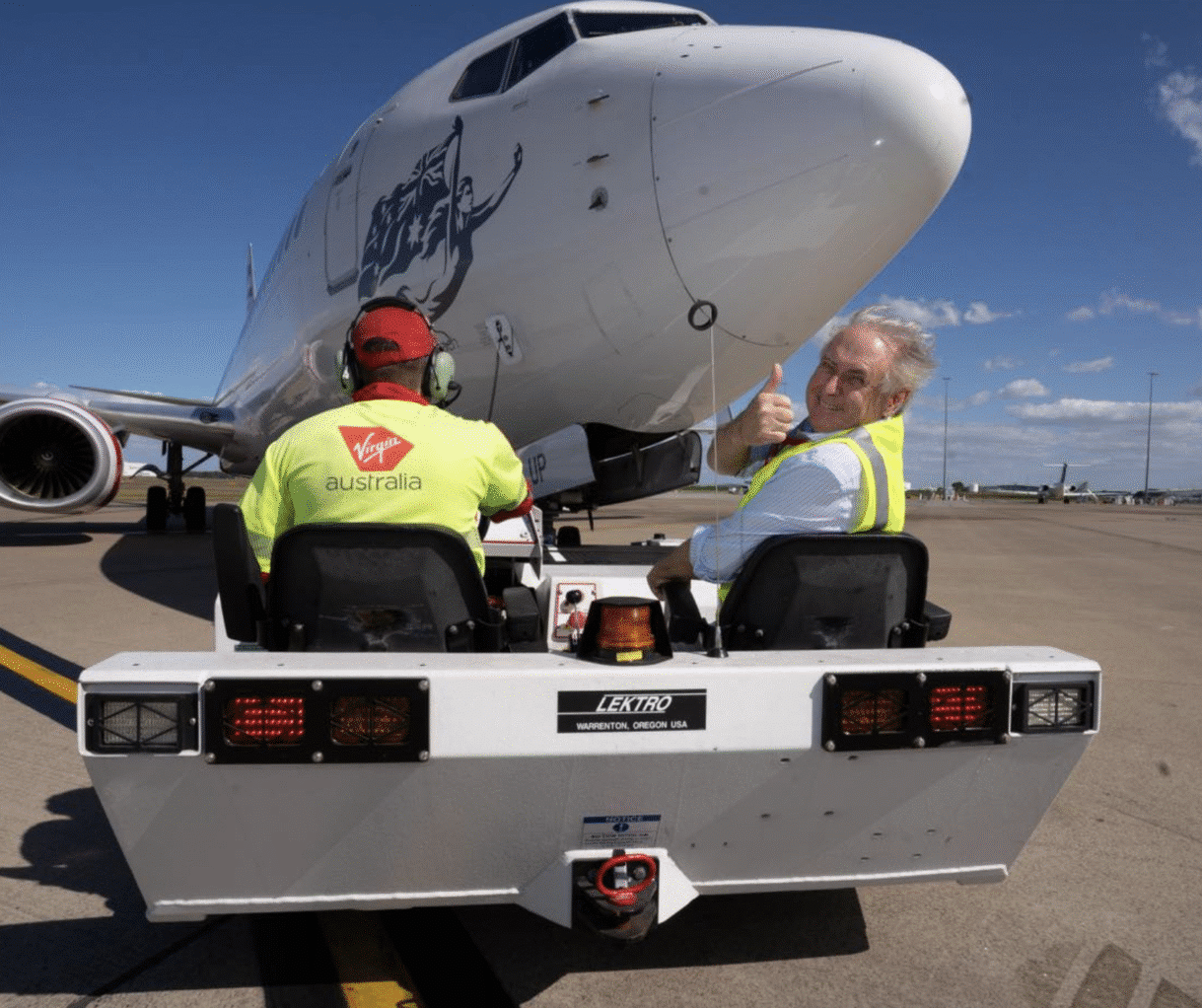
The problem for Australian cruising
Cruise Passenger has been campaigning for more than six months for a whole-of-government policy on cruise tourism. Since we began, New Zealand and the UK have already held summits and created policies to reinforce that they welcome cruise ships.
We’ve asked Minister Farrell’s office repeatedly where he stands. The silence has been deafening.
Cruise tourism delivered $7.32 billion to the Australia economy over the 2024/25 season, which is still a huge number. But that is $1.11 billion down from the 2023/24 season.
Joel Katz, the Managing Director of Cruise Lines International Association Australasia & Asia says it is a warning that red tape and regulatory constrictions will hinder any further growth.
Only a whole-of-government approach – in other words, a Federal Government approach – is what’s needed. Co-ordinated, you would think, by the Minister in charge of growing Australia’s tourism industry.
Katz is specific: “The states and territories understand the value of the cruise industry but we need the support of the Federal Government, as they are the ones that dictate rules like immigration and border force, which the cruise industry adheres to.
“In order to be able to grow the industry, we need to reduce the amount of regulation and red tape that is imposed on the industry. Australia is losing tourism to other countries who are welcoming cruise because of difficult regulatory environment and high operating costs.”
Jill Abel, the Chief Executive Office of ACA said the group, announced in September it is creating a national cruise strategy framework which will be delivered in December.
This must be supported by the Federal Government. Farrell needs to take action.
There are a number of quick wins we can take advantage of. And, as Cruise Passenger prepares to celebrate growing with the industry, our sense is that there is a real opportunity.
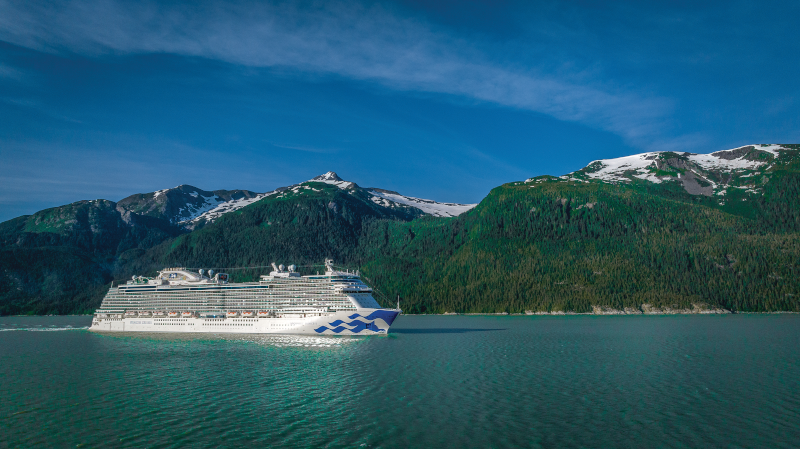
The case for optimism
We’ve been sailing this week on Discovery Princess, the largest and newest ship to be deployed in Australia by Princess Cruises – a line celebrating 50 years of cruising in Australia in December.
Princess’ boss in Australasia, Matthew Rutherford, was among the first to support Cruise Passenger’s campaign. Carnival Australia chief Peter Little, and Norwegian managing director Ben Angell are also supporters.
We could lengthen our season, allowing ships to stay longer. The advantages: more international and local tourists to our ports and inland tourism operators and more money into state and federal coffers.
We could remove the biggest inhibitor – red tape and high costs. Our port charges need revision and our maritime laws are ancient. Most ports are owned by state governments, and Melbourne’s move to increase charges without adequate warning – sending Virgin and Cunard packing – is a case study in how not to treat the cruise industry.
It was in 2024, Cruise Passenger revealed that from the 2023/24 to the 2024/25 season, amongst large ships, Australia would see a 15% in capacity amongst major lines. More Cruise Passenger reporting on the issue showed capacity was continuing to drain, and there have been more advancements since then.
Now, some lines who left are suggesting they could come back.
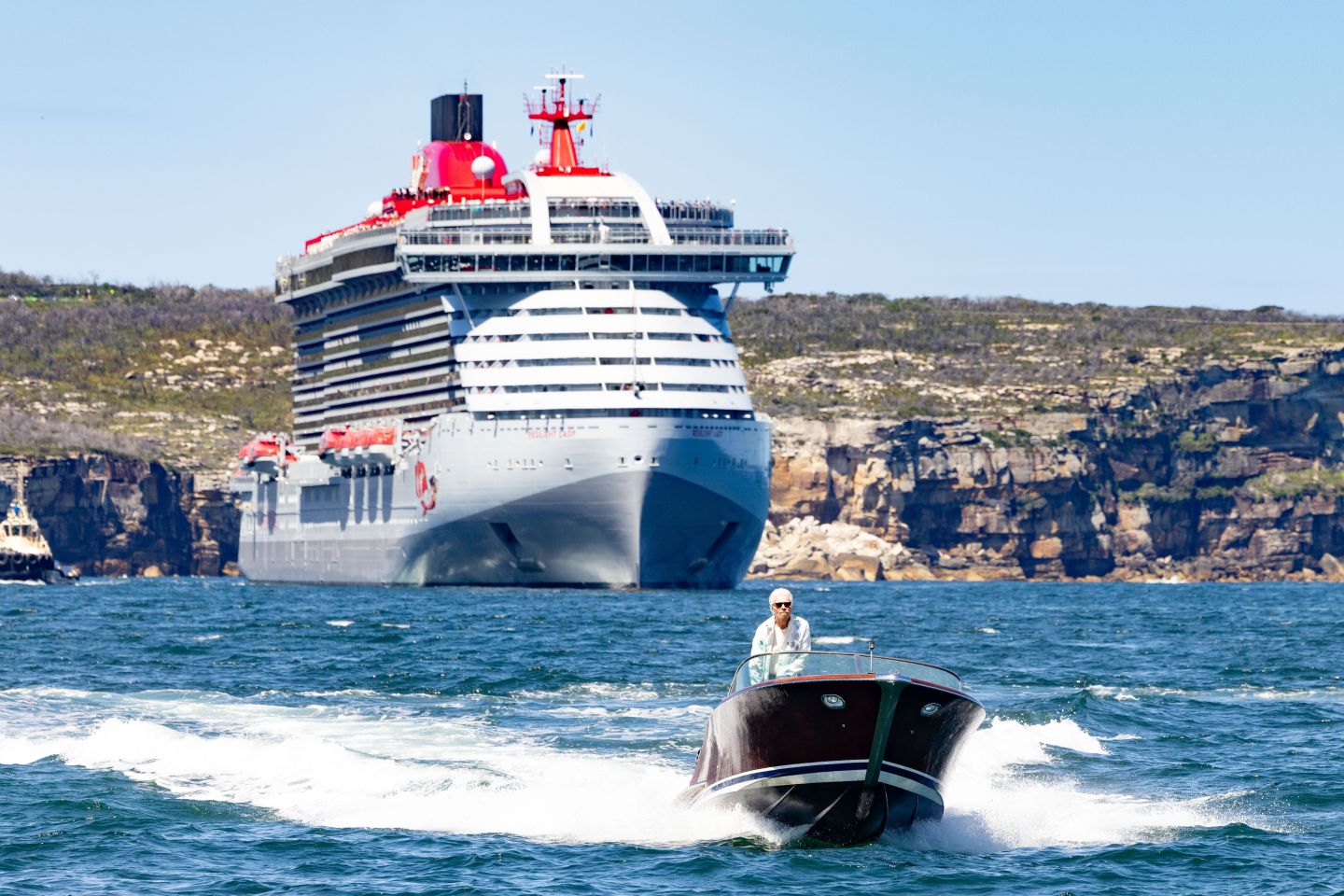
Could Virgin Voyages come back?
Virgin Voyages, with a growing fleet of four ships, has hinted at a possible return to Australia, with company officials stating it is on the “potential list” for future deployment.
There are no concrete plans. But a return is considered possible for 2028 or beyond, likely as part of an Asian deployment.
So the stakes are high.
The industry currently faces a critical paradox: unprecedented, surging consumer demand is now being countered by capacity constraints driven by escalating operational costs and regulatory complexity.
The strategic dissolution of P&O Cruises Australia and its absorption into Carnival Cruise Line, alongside the withdrawal of premium lines like Disney Cruise Line , highlights that while the appetite for cruising is immense, the cost environment in major Australian ports, such as Sydney, is driving global fleet deployment elsewhere.
The post-pandemic recovery validates the depth of Australia’s cruising enthusiasm.
The market rebounded with exceptional speed, surpassing pre-pandemic passenger volumes (1.24 million in 2019) to reach 1.25 million in 2023, achieving this recovery at a faster pace than other major global markets.
This rapid return demonstrated that cruising is now fundamentally integrated into the Australian national holiday calendar, confirmed by a market penetration rate approaching five percent—meaning almost one in every 20 Australians took an ocean cruise in 2024, one of the highest rates worldwide.
The robust demand provides a crucial yield justification for continued deployment.
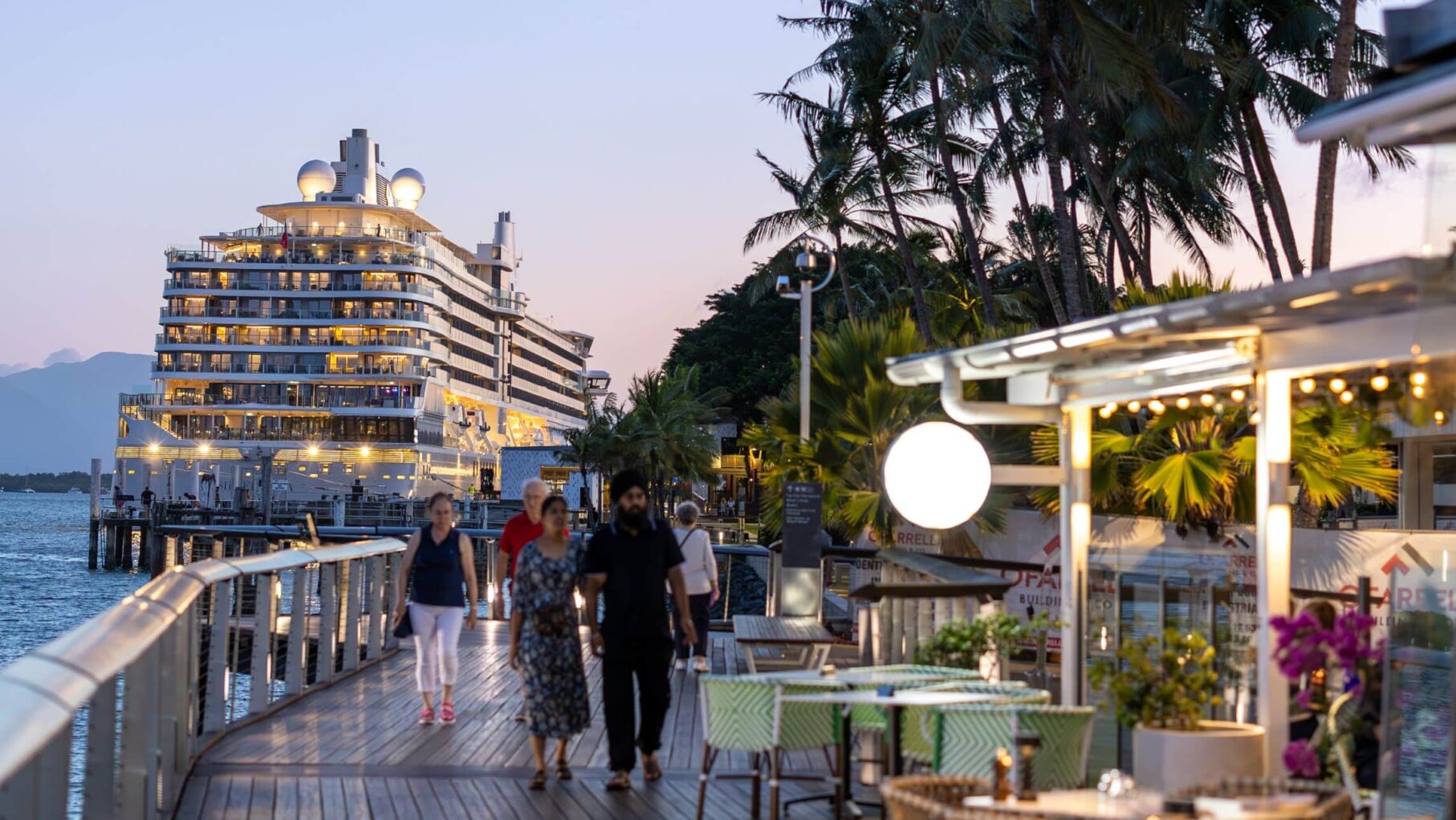
By 2024, passenger volume climbed further to 1.32 million, reinforcing Australia’s status as the world’s fourth largest cruise market, behind only the United States, Germany, and the United Kingdom. This consumer enthusiasm translated directly into economic prosperity, with the total economic output surging by a remarkable 49.7 percent from 2022-23 to 2023-24, reaching A$8.43 billion, reflecting strong recovery and high expenditure by cruise lines, passengers, and crew.
While Australians overwhelmingly prefer close-to-home cruises, which dominated sailings (81.5 percent in 2024), the portion of Australians engaging in long-haul fly-cruise destinations is also growing rapidly, rising from 15.2 percent in 2023 to 18.5 percent in 2024.
This trend indicates increasing market sophistication, where local cruises are used for short breaks, and long-haul travel provides diverse, extended international experiences, further insulating the market against reliance solely on local capacity.
Cruise itself is changing. Royal Caribbean’s big ships, and use of private islands, marks a structural shift.

Lelepa and the Pacific
Sydney, the nation’s premier cruise gateway, last undertook an upgrade in 2016 with the installation of the Southern Mooring. This technical necessity was designed specifically to ensure the safe berthing of the newest generation of mega-ships, accommodating up to 5,000 passengers—1,000 more than the largest ships visiting during the 2015/16 season.
The successful arrival of the Ovation of the Seas in December 2016, carrying over 4,900 passengers, heralded the beginning of regular visits by these high-capacity vessels.
Regionally, port expansion continued with the construction of the Brisbane International Cruise Terminal (BICT). This was a proactive attempt to position Queensland as a competitive cruising hub, capable of handling mega-ships 270 meters or longer, at a time when other established ports like Sydney and Melbourne were facing challenges handling the largest vessels.
Furthermore, recognizing the capacity pressures on the primary ports, regional locations are positioning themselves for overflow capacity.
For example, the Port of Wollongong is being assessed as a potential third cruise port for Sydney, requiring limited investment to accommodate large ships and capture regional economic benefits.
But it’s not just us. The South Pacific has consistently maintained its status as the most favoured destination, attracting over one-third of ocean cruise passengers.
Typical itineraries structure 8- to 13-day voyages from Sydney or Brisbane, calling at quintessential ports such as Mystery Island (Vanuatu), Port Vila (Vanuatu), and Noumea (New Caledonia).
This geographical reliance has forged a deep economic connection between the Australian cruise market and its Pacific island neighbours.
The connection between Australia and New Zealand is crucial. The New Zealand government acknowledged the problems by convening a cruise industry summit to address the crisis head-on.
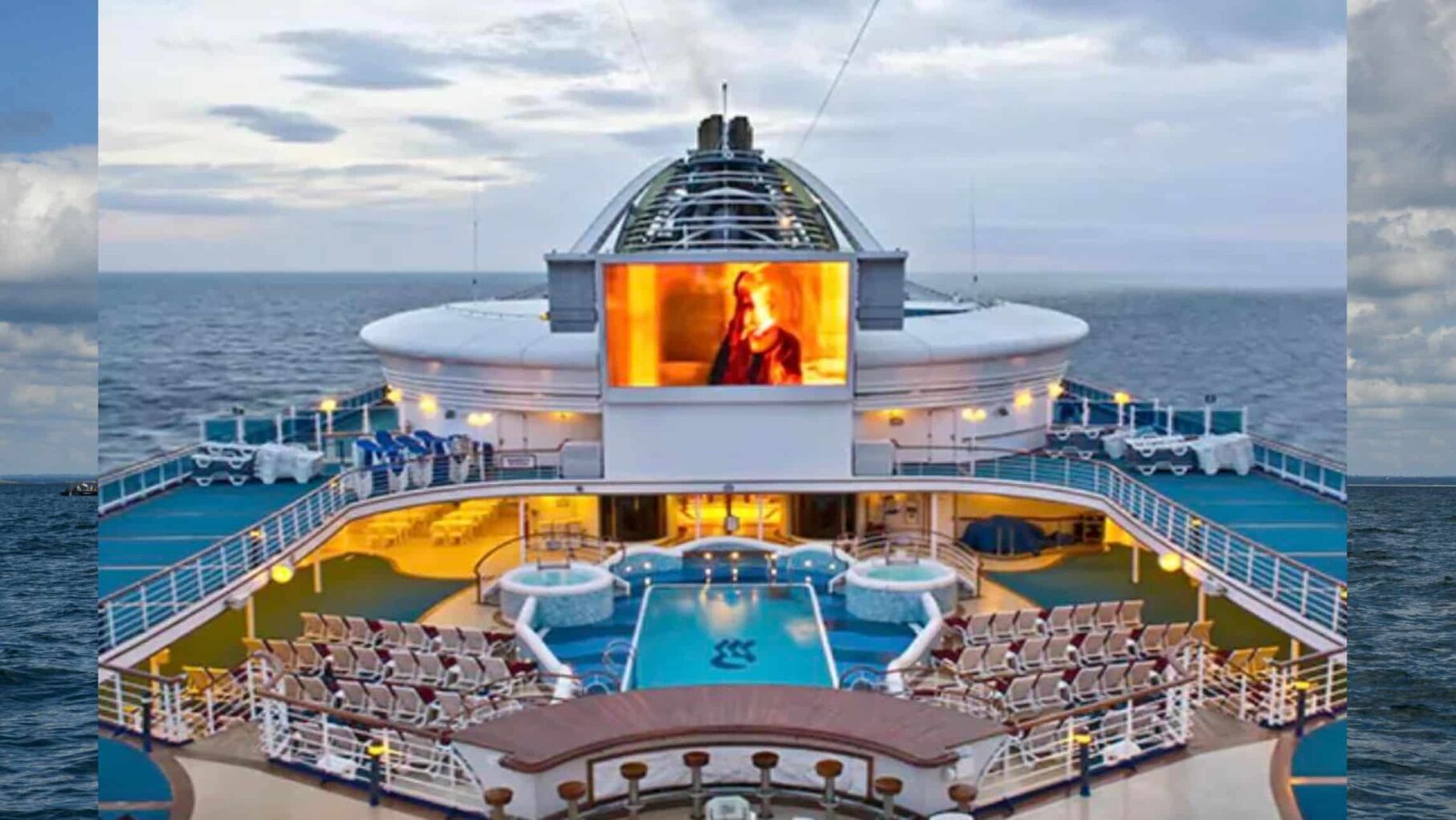
Cruise Passenger’s crucial role
The ascent of Australian cruising over the past quarter-century is closely mirrored by the history of specialised travel media in the region.
For 25 years and across 100 editions, the Cruise Passenger brand has played an indispensable role in translating the complexity of the global cruise market into trustworthy, compelling content for the local audience.
In the early 2000s, when cruising was still a relatively unfamiliar holiday product, the magazine served as the essential intermediary between global cruise lines investing in the region and the burgeoning Australian consumer base.
By providing in-depth insights into cruise trends, detailed reviews of ships and cruise lines, and practical advice on choosing and booking the best voyages, the magazine demystified the product.
This consistent, informed flow of information was vital for building consumer confidence, alleviating the apprehension that often accompanies major travel purchases, and fostering the sense of aspiration necessary to drive market growth.
Through its high-quality coverage of the evolution of modern ship amenities, new destinations, and diverse offerings, the magazine and its website helped dilute the outdated perception of cruising, directly supporting the demographic shift toward younger families and travellers observed across the market.
As the cruise market matured, Cruise Passenger successfully leveraged the digital revolution to transition from a print authority to a multi-platform community builder.
The brand now boasts a significant digital footprint, reaching moe than 1.5 million digital readers over the past year and maintaining a weekly newsletter subscription base of 150,000 loyal followers.
This robust digital presence confirms the magazine’s status as an authority where consumers actively visit to research ships, lines, destinations, and activities.

A pivotal demonstration of this influence is the annual Readers’ Choice Awards. These awards are not simply ceremonial; they are a critical mechanism for activating and quantifying consumer passion.
Beyond its editorial and community functions, the brand has operated as a leading voice for industry advocacy. By openly analysing and critically reporting on the operational challenges—such as the high port fees, regulatory layering, and the capacity reductions caused by the departure of lines like Disney — we have ensured that these critical issues remain prominent in public and political discourse.
The historical evidence confirms that Australia’s status as the world’s fourth largest cruising nation is built on immense, resilient consumer demand.
But securing the next quarter-century of growth requires a collaborative, strategic realignment.
The transformation of cruising in Australia and New Zealand over the past 25 years is a remarkable commercial success story, propelling Australia to the forefront of global source markets.
The consumer base is younger, more passionate, and consistently returns to the sea. However, the Antipodean Odyssey currently faces its most significant challenge: securing the necessary capacity to match this immense demand.
To sustain its position as the world’s fourth largest cruising nation, Australia must shift its approach from passive revenue generation to active policy advocacy.
The industry, spearheaded by dedicated media outlets and associations, has provided clear diagnoses and solutions. The focus must now be on regulatory harmonisation and competitive pricing to ensure that Australia is viewed not as an expensive inconvenience, but as the priority homeport market its consumer base deserves.
The next 25 years of Australasian cruising depend entirely on the urgency and collaborative nature of this essential policy response.
See more here.

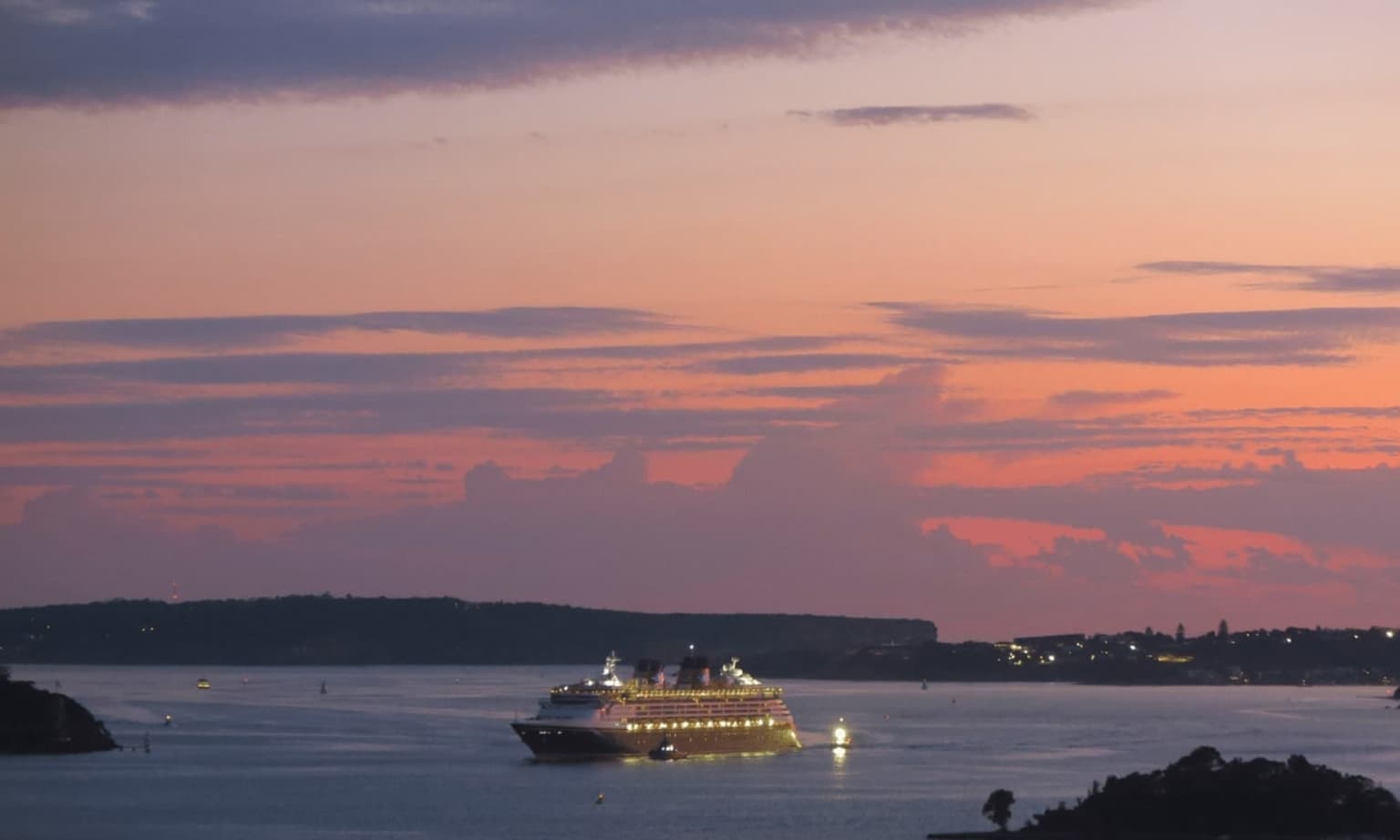






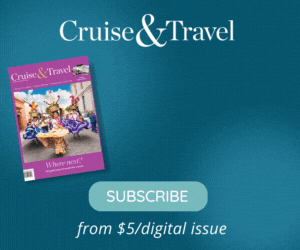
Strict hull cleaning requirements in New Zealand are also a concern and add uncertainty for cruise ships.